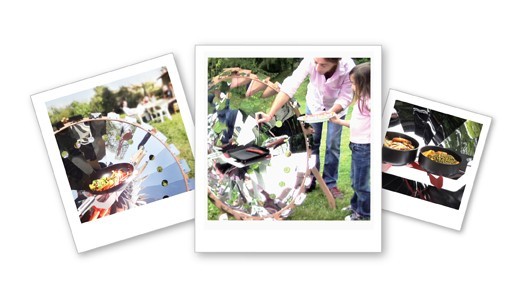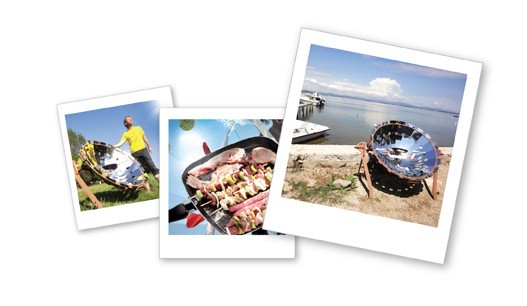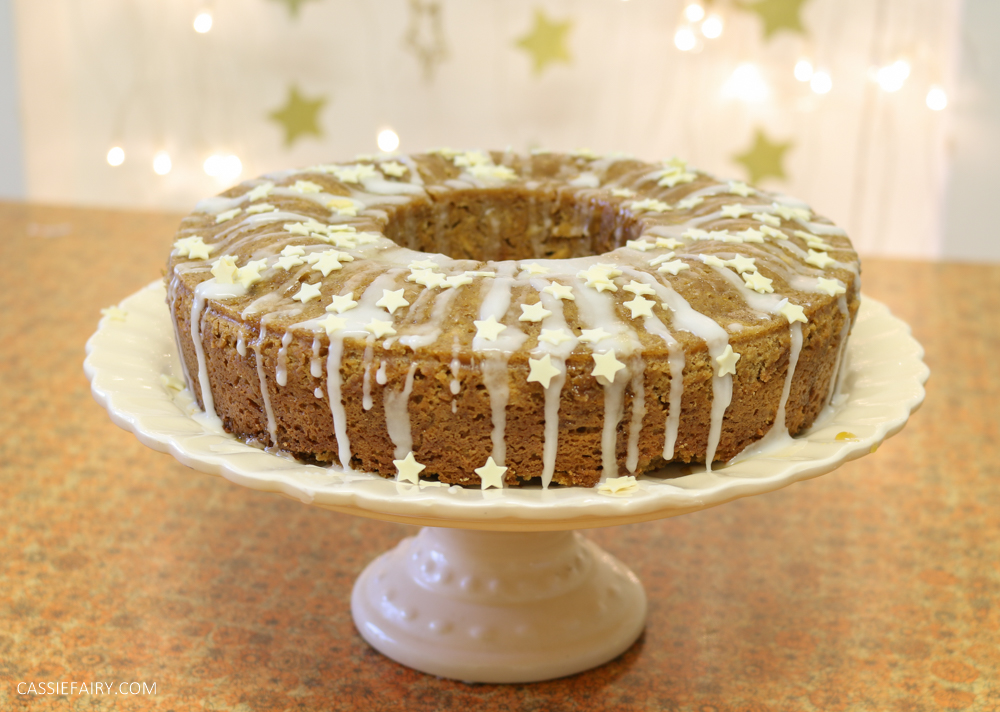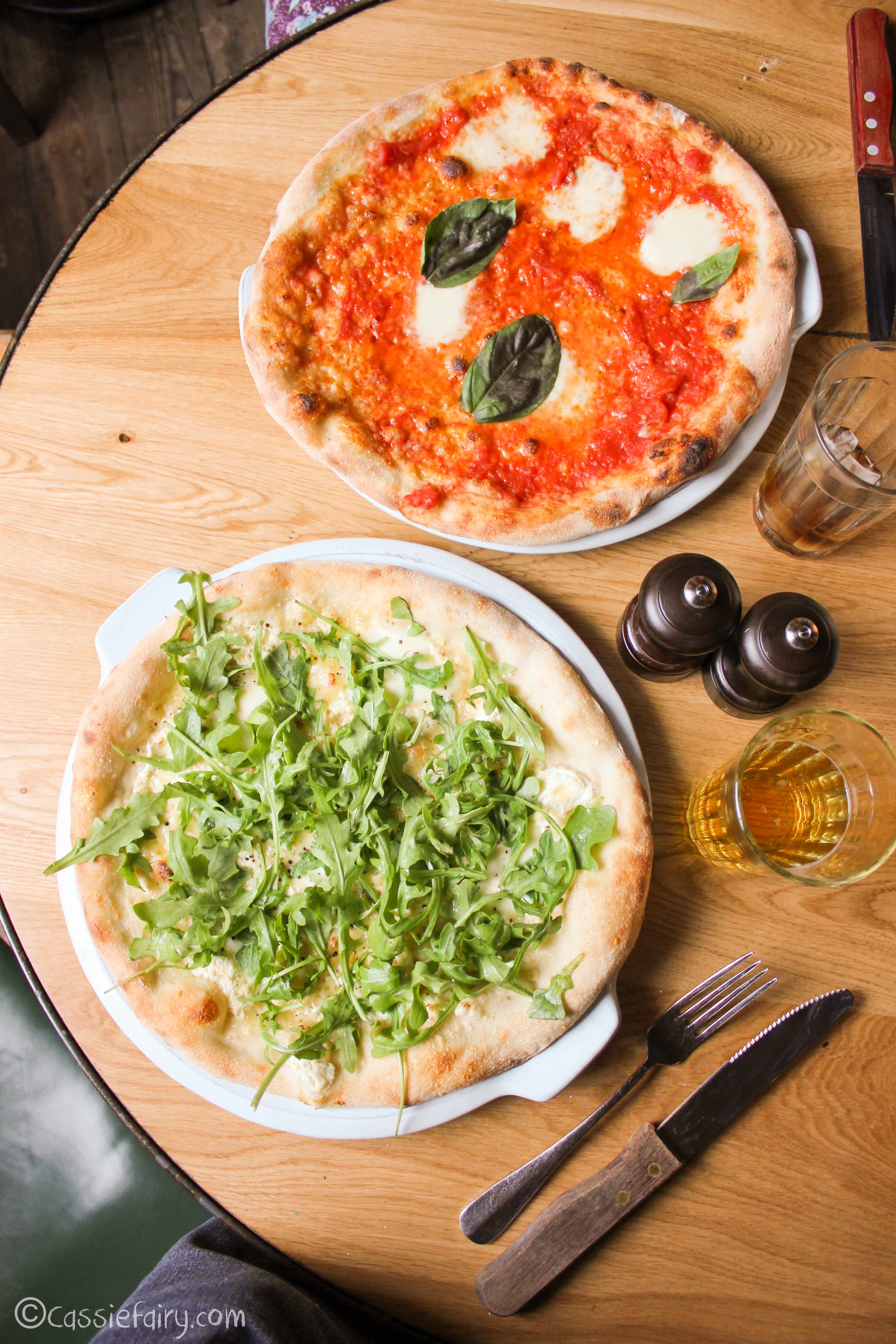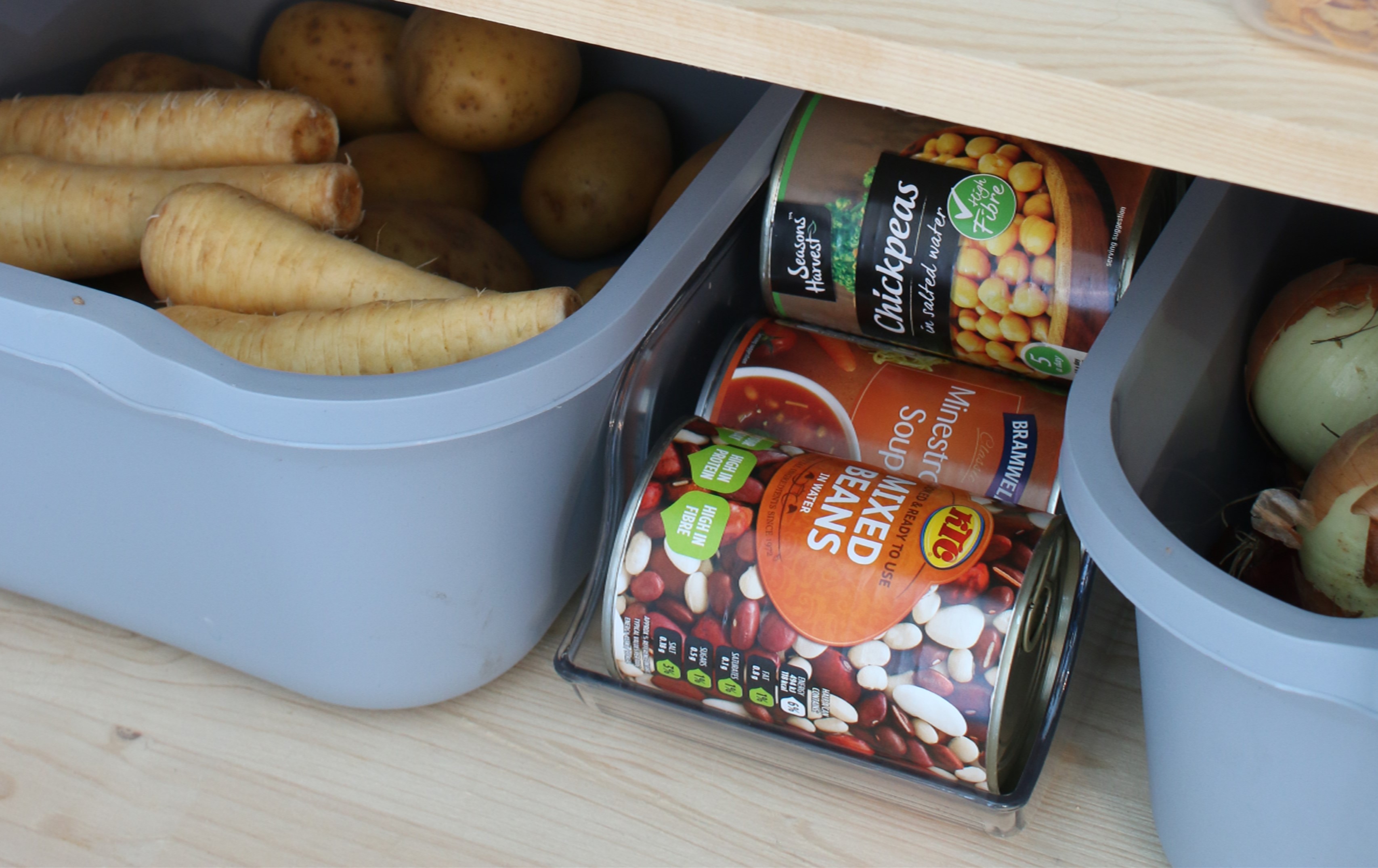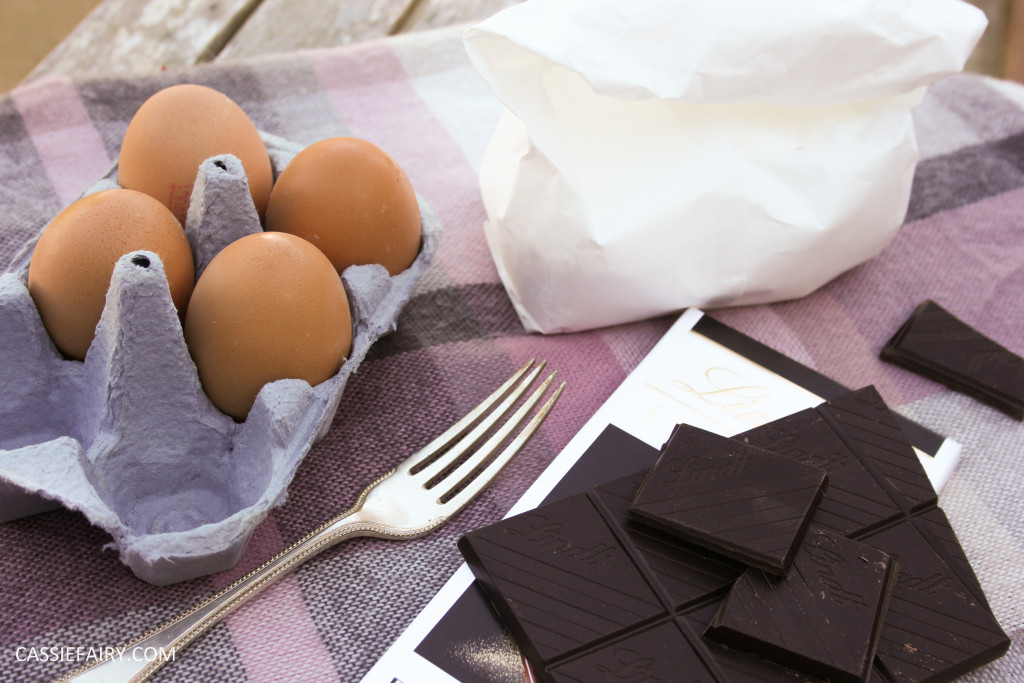Welcome to another Pieday Friday and this week I’m chatting about the concept of solar cooking. It’s possibly not something you’ve considered before and prior to this month I’d never even heard of solar cooking myself but I’ve been researching energy-saving ways to do everyday tasks around my home and stumbled upon this unbelievable idea and wanted to shared it with you all.
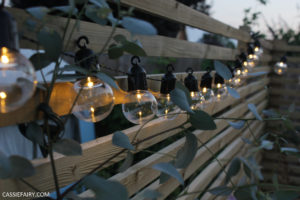
So, we all know about solar lights for the garden and I’m already using some solar-powered fairy lights in my little vintage caravan. My pals use a big black sack solar-shower on camping trips. My husband received a solar-powered windmill for Christmas from my brother which has been turning away on my windowsill ever since. You can charge phones and laptops with solar-charging packs and I even have a lucky cat with a solar-powered wave! You can also use a solar lighter to make a fire… But solar cooking? How does that work?
I’d heard about the idea of solar cooking and couldn’t really fathom how it would work but then found my way onto a website which had examples of solar cookers and it all snapped into focus. From what I can make out, solar cookers are like a space-age version of barbeques, which heat up by reflecting the sun’s rays and can cook complete meals in the garden – pretty amazing huh?
Images courtesy of IDcook.us (or IDcook.com)
Although it’s a fairly new innovation, the research that has gone into the concept has been going on for the best part of a decade and aimed to find ways of harness the sun’s heat and light in order to develop products which sustainably preserve our planet’s resources. No longer will we need to use charcoal or gas for our summer barbecue cooking nor will we need to fire up a power station when we turn on our electric ovens in order to bake a casserole. And surely that can only be a good thing?
I have looked into the concept and there are two methods of cooking using solar power: concentration – which uses reflectors to direct the sun’s rays into a central cooking point and can achieve temperatures of up to 230°C – and greenhouse – which like a ‘normal’ greenhouse gathers the sun’s warmth and keeps it within a small frame and food is cooked in the centre.
But what about the weather, eh? Apparently this technology can be used in European climates and it doesn’t even need to be the sunniest of days for solar cookers to get up to temperature – if you think about solar lights in the garden, it can be overcast all day and still the lights will gather the sun’s rays and power the lights. The cooking time can be 2-3 times longer than a conventional oven, but does that matter when you’re not paying a penny to power it? Plus we all know that slow-cooking locks in the flavours and steaming is better our food.
Personally, I’d love to have a meal of pulled-pork that has been roasted for a few hours without spending any money on the cooking process! From full-on BBQ girls and sturdy ovens to low-priced pop-up reflector ovens (which would be perfect for camping…) there’s lots of ways that we can harness the sun’s resources to cook our meals and I’m going to do some more research on the subject right now! Let me know if you’ve already come across anything like this – and what do you really think about solar cooking?
This article is a sponsored collaboration. The pink links in the content indicate a sponsored link or information source. The blog post reflects my own experience and the sponsor hasn’t had any control over my content 🙂





